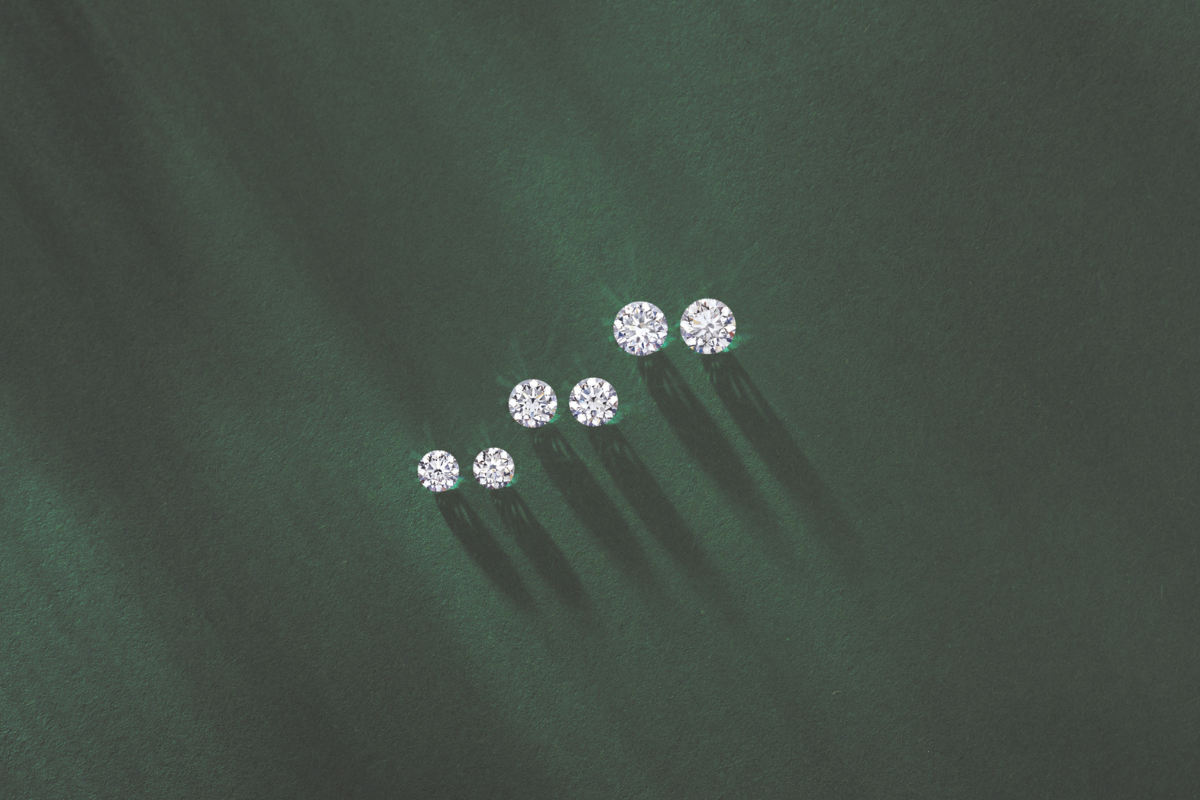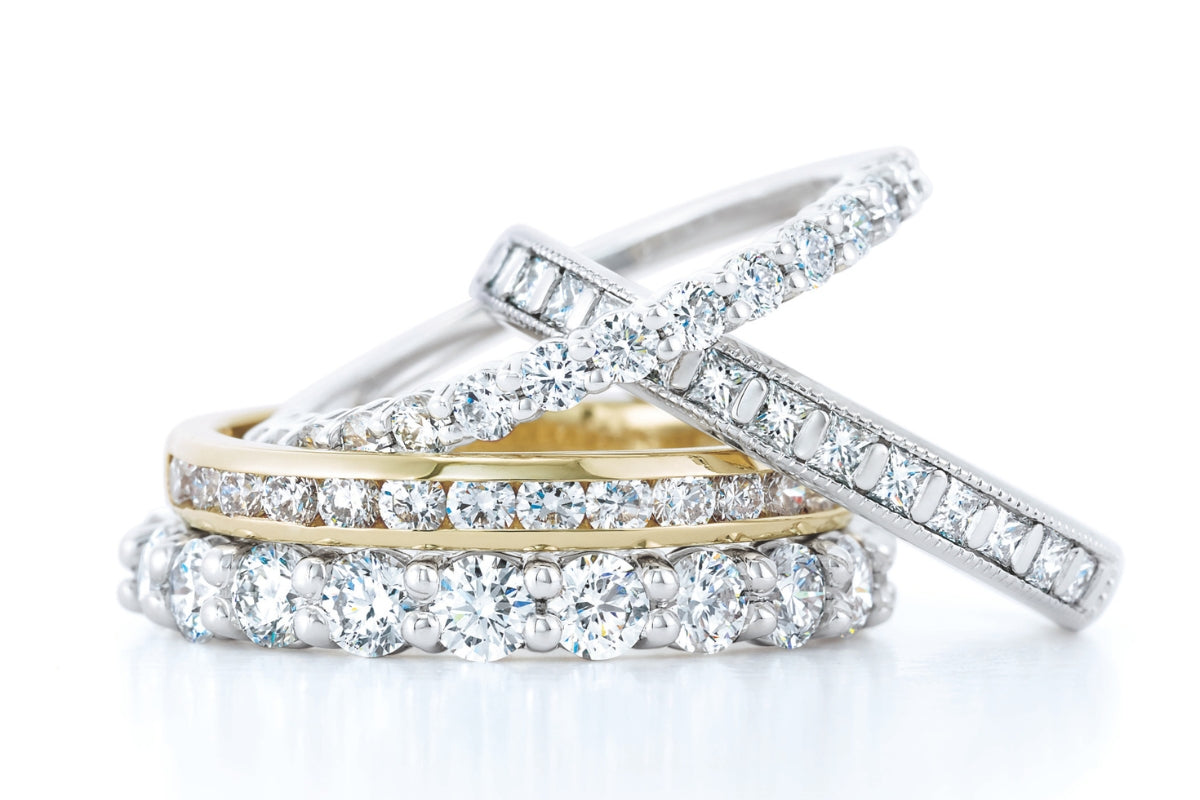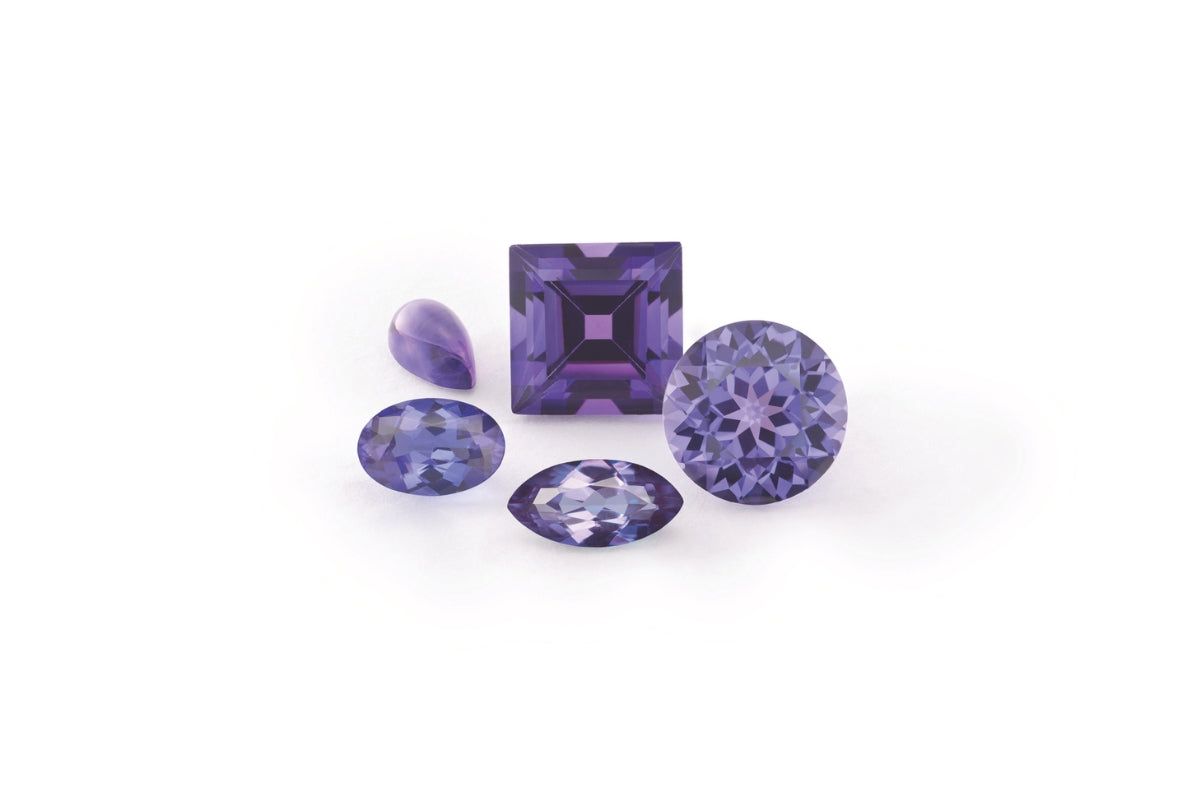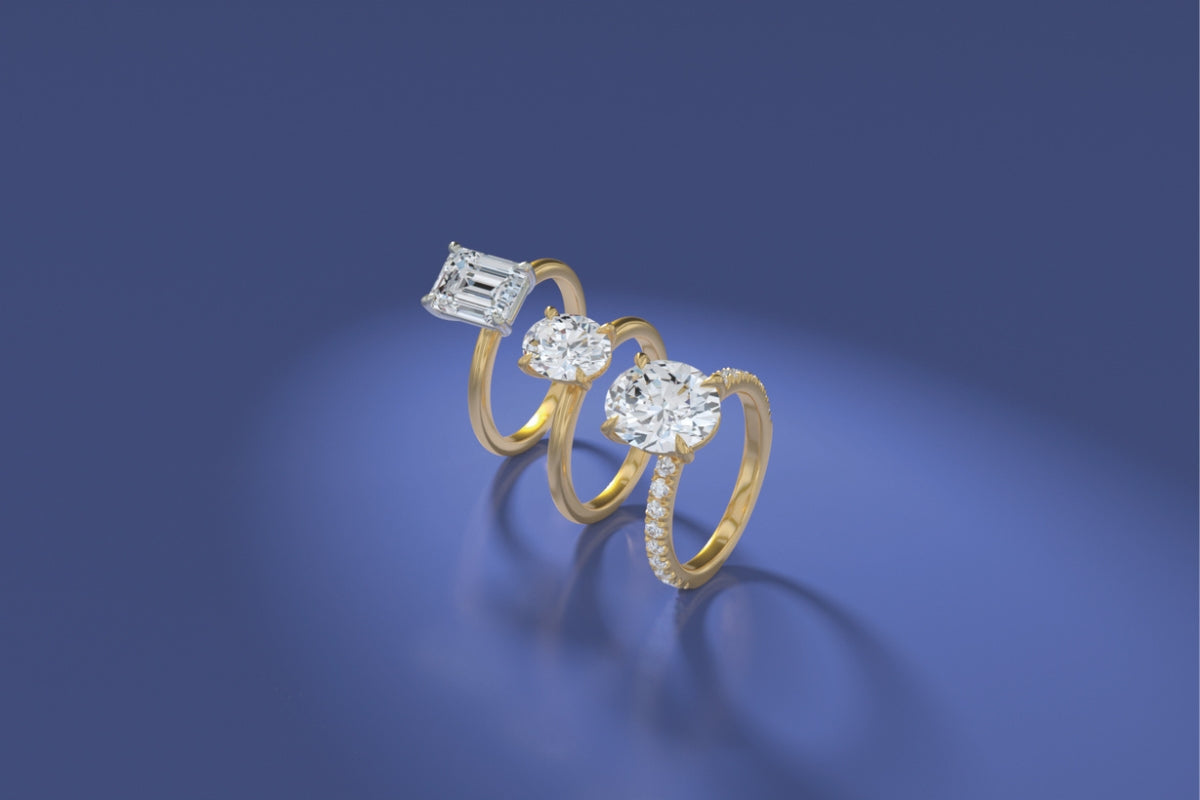Diamonds are often celebrated as the hardest material on Earth, famously described as “indestructible” in popular culture. This reputation stems from their extraordinary hardness, which makes them ideal for cutting tools and jewelry. However, despite their impressive strength, diamonds are not truly indestructible. Here’s a closer look at what makes diamonds so resilient and what limits their durability.
Understanding Diamond Hardness
Hardness is a measure of a material’s resistance to scratching and abrasion. Diamonds score a 10 on the Mohs scale of mineral hardness, the highest rating, meaning they are capable of scratching virtually all other materials. This exceptional hardness makes diamonds invaluable in industrial applications, such as cutting, grinding, and drilling. It also contributes to their popularity in jewelry, as diamonds can maintain their polish and appearance over time.
The Nature of Diamond Structure
Diamonds are composed of carbon atoms arranged in a crystal lattice structure. This structure is what gives diamonds their remarkable hardness. The strong covalent bonds between carbon atoms in the diamond lattice contribute to its hardness and durability. However this same structure also affects how diamonds respond to impact.
The Concept of Brittleness
Brittleness refers to a material’s tendency to break or shatter under stress or impact, even if it is hard. Despite their hardness, diamonds are relatively brittle compared to other materials. This means that while they resist scratching, they can be vulnerable to breaking or chipping if struck with enough force.
Common Misconceptions
Diamonds are not unbreakable. While they can withstand a lot of wear and tear, they are not immune to damage. They can be chipped or cracked if subjected to a significant impact or if they have existing flaws or inclusions. Understanding the limits of diamond durability can help in choosing the right setting and care for diamond jewelry. For example, a diamond set in a ring is more prone to damage if the setting is exposed to heavy impact or stress.
Factors Affecting Diamond Durability
Inclusions and fractures can weaken a diamond. These natural imperfections can create points of vulnerability where the diamond is more likely to chip or crack. The cut of a diamond affects its durability. For instance, a diamond with sharp corners, like those found in some fancy cuts, may be more susceptible to chipping. A well-rounded cut, such as a brilliant cut, can help distribute stress more evenly.
While diamonds are incredibly hard and resistant to scratches, they are not truly indestructible. Their brittleness and the potential for internal flaws mean they can be damaged under certain conditions. With the right knowledge and precautions, you can enjoy the beauty and brilliance of diamonds while keeping them in optimal condition for years to come.
Soha Diamond Co. is a jewelry store located in Madison, Wisconsin:
https://maps.app.goo.gl/J8zaeQUYWAk23hDNA
View custom Soha engagement ring styles on Instagram:
https://instagram.com/sohadiamondco
Browse Soha Diamond Co. engagement ring inspirations:
https://www.sohadiamondco.com/pages/our-engagement-rings
Learn about Soha’s engagement ring design process:
https://www.sohadiamondco.com/pages/design-process
Book your custom engagement ring visit with Soha:




